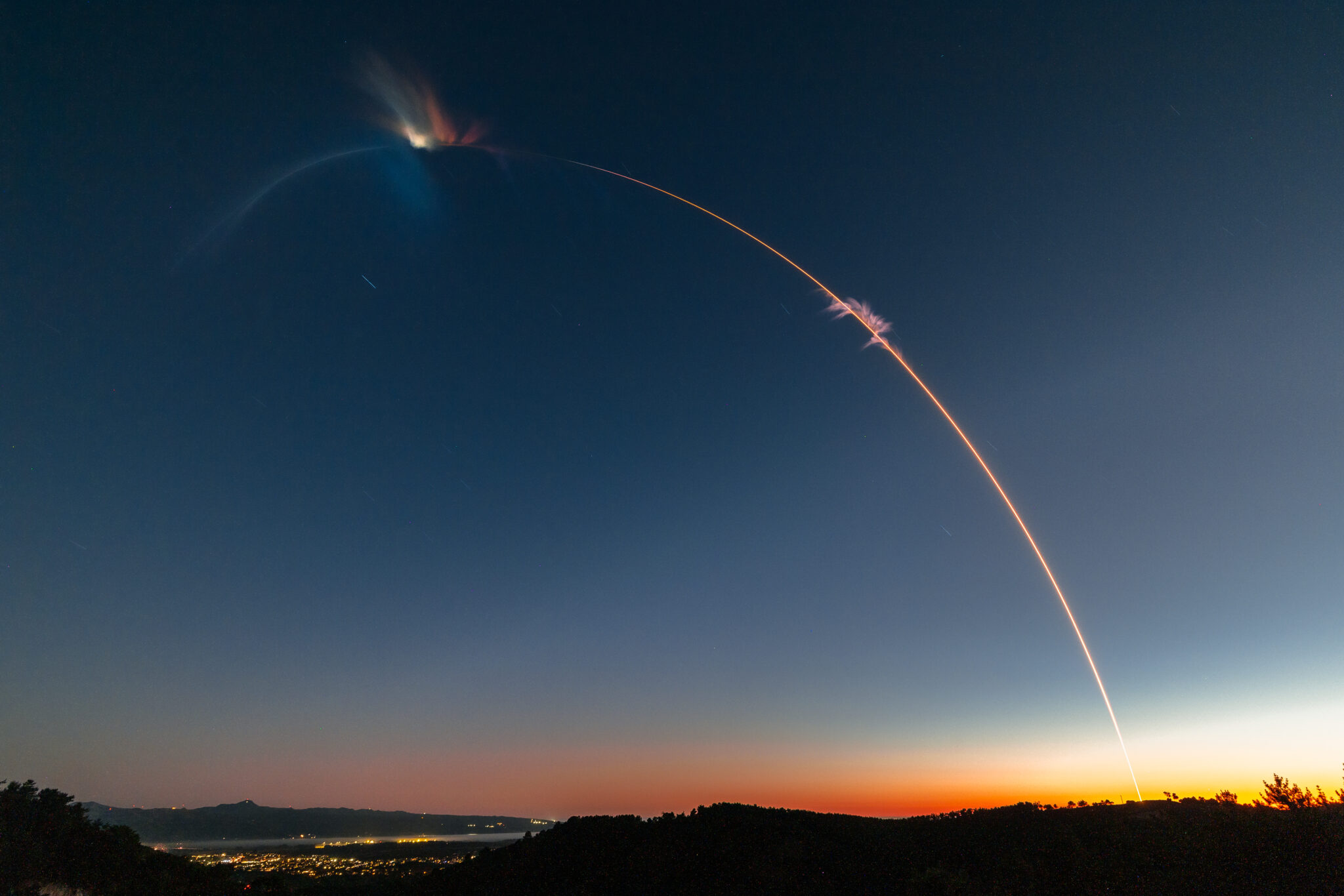
Congratulations to our friends at Firefly Aerospace for the company’s fifth launch (dubbed “Noise of Summer”)! Voyager’s Exploration team proudly led the satellite integration for all eight cubesats on board on behalf of the mission’s primary customer, NASA. Firefly’s Alpha vehicle lifted off at 9:04 p.m. PDT on July 3, 2024 and all eight satellites were successfully deployed.
The “Noise of Summer” payloads were sponsored by the NASA Cubesat Launch Initiative (CSLI) Launch Services Program (LSP), a team that Voyager proudly works closely with to support the launch and deployment of university satellites from the International Space Station, and now on rideshare missions. Customers on this mission included:
- CatSat (University of Arizona): CatSat is a technology demonstration of an inflatable antenna for high-speed communications.
- KUbeSat-1 (University of Kansas): The main payload on KUbeSat-1 is the Primary Cosmic Ray Detector which will use a new method to measure the energy and species of primary cosmic rays hitting the Earth.
- MESAT1 (University of Maine): The science payloads are climate focused and include ALBEDO, IMAGER, and HAB. These will identify urban heat islands, determine concentration of phytoplankton in water bodies, and help predict harmful algal blooms.
- R5-S4 and R5-S2.2.0 (NASA Johnson Space Center): R5-S4 and R5-S2 are the first in a line of R5 spacecrafts launched to orbit that will be tests of a new, lean process for building a spacecraft bus.
- Serenity (Teachers in Space): Serenity 3 offers low-cost opportunities to test educational experiments in space. It has a suite of data sensors and a camera that will send data back to Earth. Licensed as an amateur radio broadcaster, Serenity can communicate with radios on the ground.
- SOC-i (University of Washington): SOC-I is a tech demo mission of attitude control technology. One of the payloads is a guidance and control system called SOAR, or SOC-i’s Optimal Attitude Reorientation. The second payload, CMOS, is a camera that serves as an instrument to demonstrate SOC-i’s pointing abilities.
- TechEdSat-11 (TES-11) (NASA Ames Research Center): TES-11 contains several technology demonstrations, including advanced communications, radiation sensor suite, experimental solar panels, an exo-brake, and BrainStack-3
Voyager has successfully integrated and supported the launch of over 350 satellites and we’re proud to be part of this momentous launch for Firefly. Our team provided end-to-end support for NASA and the educational customers on board – working closely with Firefly – ensuring they were ready for flight. This included everything from mission planning, safety reviews, fit checks, vibration tests, and eventually integration onto the launch vehicle itself.
Congratulations again to Firefly and all of the customers on board as they begin collecting data. We can’t wait for the next mission.